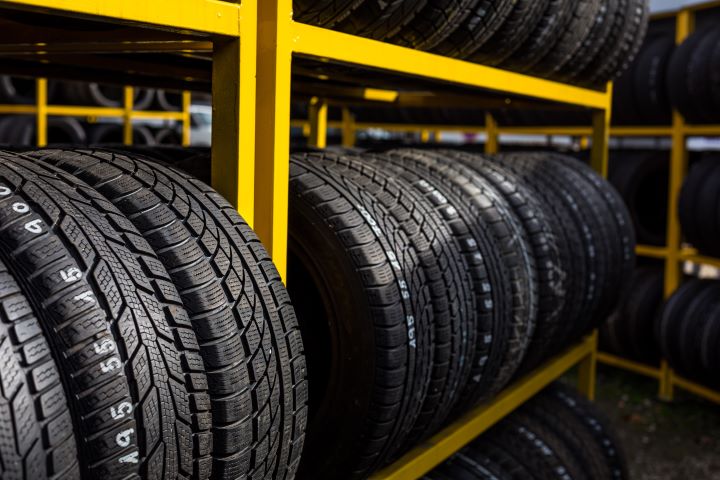Billiard Kit: What It Includes and How to Use It
A billiard kit provides the basic components needed to play pool or billiards at home, in a community space, or in a dedicated game room. This article explains typical kit contents, how components fit with a pool table, considerations for placement and setup, cue selection, ball types, and routine maintenance. The aim is to help you understand what to expect from a billiard kit and how to get the best use from its pieces, whether you’re a casual player or setting up a practice area.

What does a billiard kit include?
A standard billiard kit usually contains several essential items: a set of balls, a cue or cues, a triangle or rack, chalk, a brush for the felt, and sometimes spare tips or a cue repair tool. Some kits add accessories such as a bridge, a case, or replacement cue tips. Kits vary by quality and intended user—starter kits for casual play often include one or two cues and basic balls, while more complete kits designed for frequent use may provide multiple cues, a heavier duty brush, and upgraded balls with better balance and durability. Review kit contents closely before buying to ensure it matches your needs.
How does a billiard kit work with a pool table?
A billiard kit is designed to be used on a pool table, but compatibility depends on table size and playing surface. Home pool tables typically come in common sizes (7-foot, 8-foot, 9-foot), and ball sets in the kit are standard for pocket billiards—usually 2 1/4 inches in diameter. If a kit includes a portable play surface or a conversion mat, check its dimensions against your table. Felt condition, cushion responsiveness, and table level all affect play and may require adjustments independent of the kit. For serious play, match cue length and weight to the table height and available playing space.
How to fit a billiard kit into your game room
Planning the layout of a game room improves playability and enjoyment. Allow enough clearance around the pool table for cueing—typically 4.5 to 5 feet from each rail is recommended for standard cue lengths. Storage for the billiard kit should be dry and secure: cues are best stored vertically in a rack or horizontally on a wall-mounted holder that supports multiple points to prevent warping, and balls should be kept in a rack or box to avoid getting marred. Lighting over the table should be even and minimize shadows or glare. Consider traffic flow in the room so players aren’t interrupted during games.
How to choose a cue from a billiard kit
Cues included with kits vary in length, weight, and tip hardness. Typical cue lengths range from 57 to 58 inches for adults, with weights commonly between 18 and 21 ounces. Beginners benefit from a medium-weight cue (around 19 ounces) with a medium-hard tip for balanced control and feedback. Look for a cue with a straight shaft and a secure ferrule and tip. Join types (one-piece, two-piece) affect storage and portability; two-piece cues are convenient for transport and often included in kits. If multiple cues are included, try each to see which matches your stroke and comfort.
What types of balls are in a billiard kit?
Most kits include a standard set of pool balls: one cue ball and 15 numbered balls (stripes and solids) sized for pocket billiards. Material matters: phenolic resin balls are more durable and have more consistent roll and rebound than cheaper polyester sets. Properly maintained balls will stay round and balanced; damaged or glazed balls can affect shot accuracy. Clean balls regularly with a soft cloth and a mild cleaner recommended for billiard balls to remove oil and chalk residue. For specific billiard disciplines (carom, snooker), different ball sets and sizes are used, so confirm the kit matches the game you intend to play.
Maintenance and extras to extend equipment life
Routine maintenance keeps kit items performing well. Re-tip cues when the leather wears flat, keep shafts straight and free of dents, and store cues away from extreme temperatures and humidity. Brush the pool table felt lightly and periodically apply a felt cleaner designed for billiard cloths. Replace or repair worn pockets and cushions to maintain consistent play. Extras to consider adding to a kit include a quality cue case, a bridge head, spare tips and ferrules, and a level for table setup. These additions help preserve kit components and improve the overall playing experience.
Conclusion
A billiard kit supplies the foundational tools for playing pool or billiards, but effectiveness depends on matching the kit components to your table, space, and playing goals. Understanding what’s included, how cues and balls interact with table size and surface, and how to maintain equipment will help you get consistent performance and longevity from a kit. Whether setting up a casual corner in a game room or organizing a more formal practice area, thoughtful selection and upkeep of kit items contribute directly to the quality of play.





